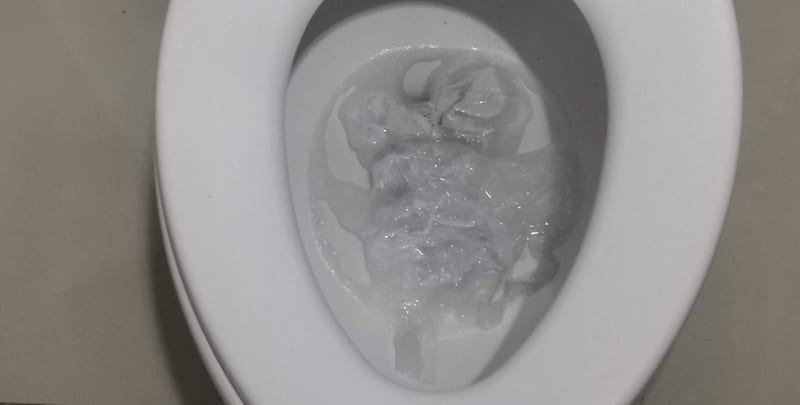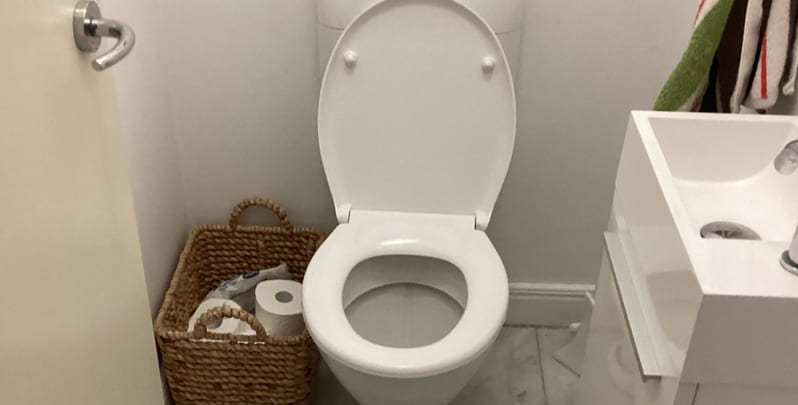How to Unblock a Toilet
We’ve all faced it at least once in our lives… the dreaded blocked toilet. No matter who or what was responsible, a clogged toilet can be a real headache—disrupting your day and potentially causing damage to your plumbing system. That’s why it’s important to act fast and tackle the issue before it gets worse.
Dealing with a stubborn clog can be frustrating, especially when you’re used to having a functioning toilet. But here’s the good news: many common blockages can be resolved without calling a professional. With a few simple tools and some patience, you might just save yourself a costly plumber visit. So, let’s go over the best ways to unblock a toilet and get it working again smoothly. Don’t forget to grab a pair of rubber gloves—just in case!
What’s Clogging Your Toilet?
Before you start trying to fix the problem, it helps to understand what’s causing the blockage. The most common culprits include:
- Excessive amounts of toilet paper
- Flushable wipes (even though they say “flushable,†they often don’t break down)
- Tissues or other soft materials
- Foreign objects like toys or rags
It’s easy to think that flushable wipes are safe, but most of them are made from synthetic fibers that don’t dissolve easily in water. This means they can accumulate in your pipes and cause serious blockages over time. To avoid this, always read labels carefully and avoid flushing anything other than toilet paper and human waste.

How to Unblock a Blocked Toilet
There are several methods you can use to unclog a toilet, and not all of them require a plunger. While plungers are effective for minor clogs, there are other options that may work better depending on the situation. Here are some of the most commonly used techniques:
- Homemade drain cleaners
- Plumbing snakes or augers
- DIY drain snakes
- Hot water and dish soap
- Store-bought drain cleaners (used as a last resort)
- Even a toilet brush can help in some cases
Each method comes with its own set of risks, so it’s important to proceed carefully. Some techniques, like using harsh chemicals, can damage your pipes if not used properly. If you’re unsure or the problem persists, it’s always best to call a professional plumber.
Preparation is Key
Before attempting any DIY solutions, make sure you have everything you need ready. If the toilet is already blocked and not draining, avoid flushing it again—this could cause an overflow and create a mess. Lay down some newspaper or paper towels to catch any water that might spill out. Also, wear rubber gloves to protect your hands from unsanitary water.
How to Unclog a Toilet Using a Plunger
A good plunger is one of the most effective tools for clearing a toilet clog. However, not all plungers are created equal. For toilets, you’ll want a heavy-duty plunger with a flange that fits snugly into the drain hole. A regular sink plunger won’t work as well.
Run the plunger under hot water first to soften the rubber and create a better seal. Then, submerge the head completely in the toilet bowl and pump it up and down. You may need to add more water if the level drops. Keep going until you feel the blockage loosen. Once it’s clear, flush the toilet to test it.
Using Chemical Solutions to Clear a Clog
If a plunger doesn’t do the trick, you may need to try a chemical solution. There are three main types to consider:
- Enzyme-based products
- Homemade mixtures like baking soda and vinegar
- Commercial drain cleaners
We recommend starting with enzyme products, which are safer for your pipes and the environment. They break down organic matter without causing damage. If you prefer a natural option, a mixture of baking soda and vinegar can also be effective. Simply pour hot water, then add the baking soda and vinegar, and let it sit overnight.
Hot Water and Dish Soap
This simple method involves using hot water and liquid dish soap to help break down the clog. Pour a generous amount of dish soap into the toilet bowl, then slowly pour hot (but not boiling) water down the drain. The soap helps lubricate the pipe, while the water creates pressure to push through the blockage. Let it sit for a few minutes, then try flushing. Repeat if needed.
Using a Plumbing Snake
If the clog is deep in the pipes, a plumbing snake (or auger) is the best tool to use. It’s designed to reach far into the drain and break up tough blockages. Insert the snake into the drain until you feel resistance, then twist it to dislodge the obstruction. This can be a bit tricky, so if you’re not confident, it’s better to call a professional.

DIY Tools for Emergency Situations
If you don’t have a plumbing snake, you can try making a makeshift one using a wire hanger. Cut the wire, bend one end into a hook, and wrap a cloth around the other end. Insert it into the drain and push gently to dislodge the blockage. However, this method can be risky—it might push the clog further down. Use it only as a last resort.
When to Call a Professional
If none of these methods work, or if the situation is getting worse, it’s time to call a licensed plumber. A blocked toilet can lead to serious plumbing issues if left untreated. A professional has the right tools and experience to fix the problem quickly and efficiently.
Our team at Metropolitan Plumbing is here to help. We offer fast, reliable service and can resolve even the toughest blockages. If you’re in need of emergency plumbing assistance, we’re just an hour away. Don’t wait—call us today to get your toilet back to normal.
Please note: This information is for general guidance only. Regulations vary by location, so always check local codes or consult a professional before proceeding. See our Terms & Conditions for more details.
Frp Plywood Sandwich Panel,Frp Honeycomb Panels,Aluminum Sandwich Panel,Frp Sandwich Panels
YANGZHOU MAXTONE COMPOSITE CO.,LTD. , https://www.maxtonetruckbody.com